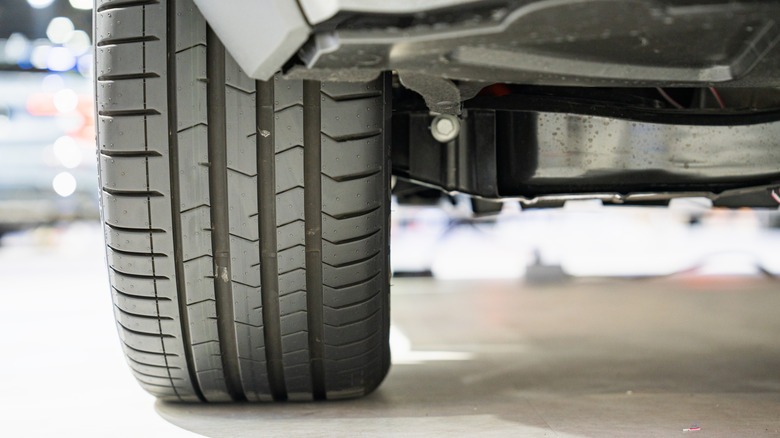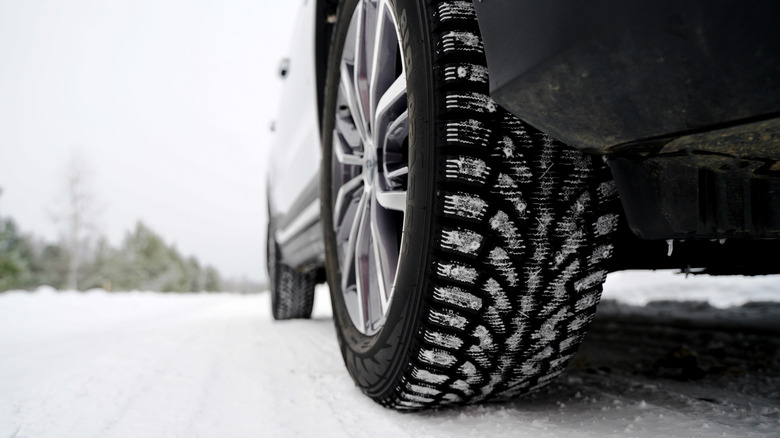
Whenever talking about tires, you must have come across the term contact patch. It is a really important component of any tire. A tire contact patch is essentially the section of the tire that makes full contact with the road. Since it's the only part of the car that makes contact, it is very important for your car's safety.
The contact patch of a tire is responsible for many tasks. It determines the amount of grip you'll have, tread wear, your tire's performance in dry and wet conditions, tire noise,
and the ride quality of your vehicle as well. As your vehicle goes down the road, the contact patch changes due to forces caused by acceleration, cornering, or hard braking. This is why different types of tread designs are used for different types of tires.
For the contact patch to function properly, the tires should be inflated properly. You should always know what your vehicle's tire pressure should be, in accordance with the weight rating mentioned. This is to keep you safe, as the tires are designed with certain load limits, and need to maintain the contact patch to provide you with the grip required. Overinflating may lead to a smaller contact patch, while underinflated tires would hinder the efficiency of the vehicle.
Read more: 6 Cars With The Best AWD Systems (And 2 With The Worst)
How Do Different Contact Patches Affect Your Car's Drivability?

As mentioned earlier, different types of tires will have a different contact patch. It mostly depends on the type of tire and the type of vehicle. The contact patch also depends on the size of your tire and its profile. Аs tires are selected depending on the type of vehicle, regular cars will usually have higher profile tires, while anything performance oriented will have lower profile tires.
Cars which have a higher profile tire will have a longer but narrower contact patch. This allows for ample traction in wet and even snowy conditions, better ride quality and also predictable handling characteristics. This works for daily drivers, and even large SUVs and trucks, since they need to carry a lot of load, and often need to tackle rough road conditions.
For cars which are more driver-focused, like a sports car or a performance sedan, a lower profile tire enables better cornering stability, dry traction, and also more responsive steering. They might not offer the same kind of ride quality or rough road capability, but when choosing a tire, manufacturers have to compromise.
Want the latest in tech and auto trends? Subscribe to our free newsletter for the latest headlines, expert guides, and how-to tips, one email at a time.
Read the original article on SlashGear.










